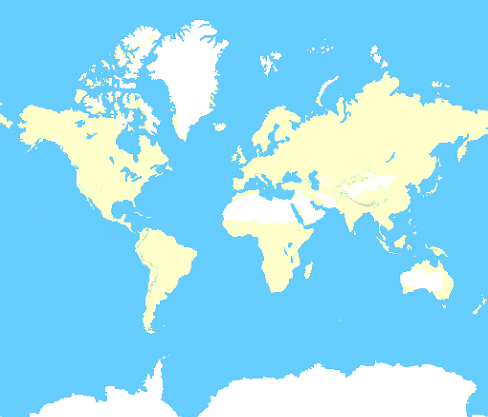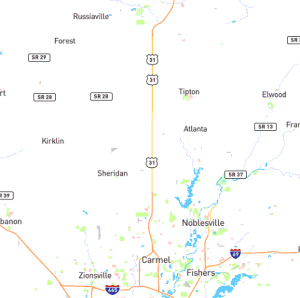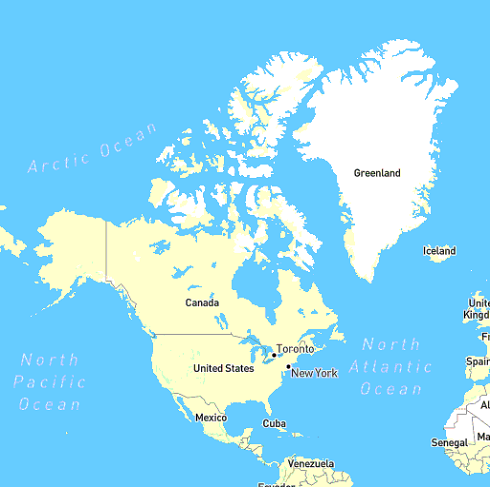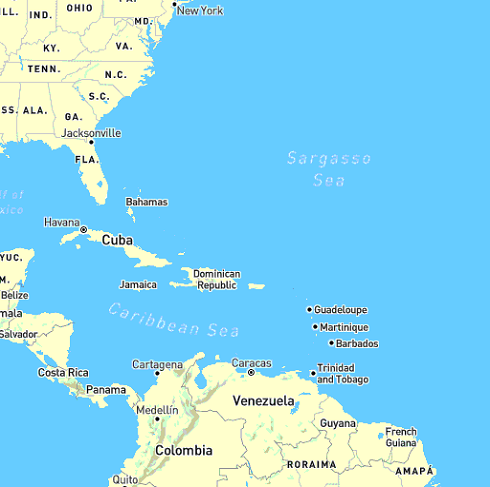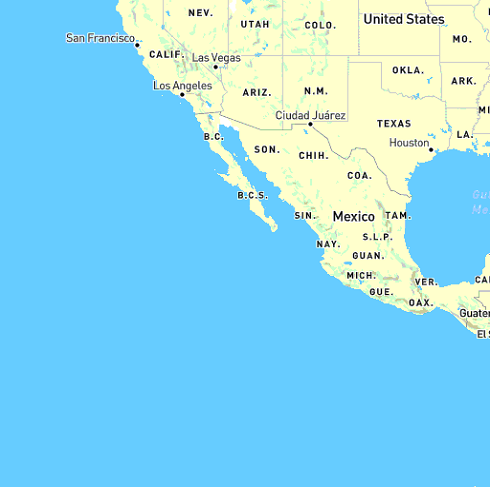South Bend, Indiana vs Carmel, Indiana Population and Size Compared
South Bend and Carmel are two significant cities in Indiana, each with its unique charm and offerings. South Bend is known for its rich history and connection to the University of Notre Dame, while Carmel is recognized for its suburban appeal and vibrant community. This article provides an in-depth comparison of these two cities, highlighting their populations, geographical sizes, and other relevant features.
Geographic Overview
South Bend, Indiana
- Location: South Bend is located in northern Indiana, approximately 100 miles east of Chicago and around 150 miles north of Indianapolis. It serves as the county seat of St. Joseph County and is part of the South Bend-Mishawaka metropolitan area.
- Area: South Bend covers an area of approximately 41.7 square miles (107.6 km²), making it a moderately sized city within the state.
- Topography: The city is situated along the St. Joseph River, which adds to its scenic beauty. South Bend features a mix of urban and suburban environments, with a variety of parks and recreational areas.
Carmel, Indiana
- Location: Carmel is located approximately 16 miles north of downtown Indianapolis and is also part of the Indianapolis metropolitan area. It is known for its suburban charm and well-planned communities.
- Area: Carmel spans about 48.1 square miles (124.2 km²), making it one of the larger suburban cities in the region.
- Topography: Carmel features a blend of residential neighborhoods, parks, and commercial areas, with an emphasis on preserving green spaces and promoting community engagement.
Size Comparison
Carmel’s larger geographical area of approximately 48.1 square miles allows for more expansive residential developments and green spaces compared to South Bend, which covers about 41.7 square miles.
Population Statistics
South Bend
- Population: According to the 2020 Census, South Bend had a population of approximately 103,000 residents. The city has a rich history and is known for its cultural diversity and educational institutions.
- Demographics: South Bend has a diverse population, with various ethnic backgrounds represented. The presence of the University of Notre Dame contributes to a dynamic community with a blend of students, faculty, and long-term residents.
Carmel
- Population: As of the 2020 Census, Carmel had a population of around 99,000 residents. The city has experienced consistent growth, making it a sought-after location for families and professionals.
- Demographics: Carmel is known for its diverse population, which includes a mix of ethnic backgrounds. The community values education and civic engagement, contributing to its overall quality of life.
Population Comparison
South Bend has a larger population of approximately 103,000 residents, compared to Carmel’s 99,000. This slight difference indicates a comparable community size, with South Bend’s population density reflecting its urban character, while Carmel offers a more suburban atmosphere.
Historical Context
South Bend
- Establishment: South Bend was founded in the early 19th century and became a significant industrial and commercial hub, particularly known for its manufacturing industries. It was officially incorporated as a city in 1865.
- Economic Development: The city’s economy has diversified over the years, with a focus on education, healthcare, and technology sectors, making it a center for innovation in the region.
Carmel
- Establishment: Carmel was originally a small farming community that began to develop in the mid-1800s. It was officially incorporated in 1874 and has undergone significant transformations, particularly in the last few decades.
- Economic Development: The city has evolved into a center for commerce and culture, attracting businesses and residents seeking a high quality of life.
Educational Opportunities
South Bend
- Schools: South Bend is served by the South Bend Community School Corporation, which includes a range of elementary, middle, and high schools. The district is committed to providing quality education to its students.
- Higher Education: The city is home to the prestigious University of Notre Dame, as well as several other colleges and universities, offering a variety of educational opportunities.
Carmel
- Schools: Carmel is served by the Carmel Clay School District, which is renowned for its high academic standards and offers a variety of extracurricular activities. The district operates several elementary, middle, and high schools, providing quality education for its students.
- Higher Education: The city is located near multiple colleges and universities, including Indiana University-Purdue University Indianapolis (IUPUI) and Butler University, offering residents access to higher education.
Economic Conditions
South Bend
- Economy: South Bend has a diverse economy, with key sectors including education, healthcare, and manufacturing. The presence of the University of Notre Dame significantly contributes to the local economy, providing jobs and attracting businesses.
- Job Market: The job market in South Bend is diverse, with various employment opportunities across different industries, making it an appealing destination for job seekers.
Carmel
- Economy: Carmel has a diverse and robust economy, with key sectors including healthcare, retail, and professional services. The city has attracted numerous businesses, contributing to its economic growth and stability.
- Job Market: The job market in Carmel is strong, with various employment opportunities across different industries, making it an appealing destination for job seekers.
Community Life and Culture
South Bend
- Community Events: South Bend hosts numerous community events throughout the year, including festivals, art shows, and cultural celebrations. These events foster community engagement and provide opportunities for residents to connect and celebrate local culture.
- Parks and Recreation: The city features several parks and recreational areas, providing residents with opportunities for outdoor activities and leisure.
Carmel
- Community Events: Carmel also hosts a variety of community events, including art fairs, festivals, and concerts. These events help build a strong sense of community and encourage resident participation.
- Parks and Recreation: The city boasts a robust park system, with over 600 acres of parkland, offering a variety of recreational facilities, trails, and green spaces for residents to enjoy outdoor activities.
Transportation
South Bend
- Transportation Network: South Bend has a well-developed transportation infrastructure, with easy access to major highways, including Interstate 80/90 and U.S. Route 31. The city also has public transportation options, including bus services, to facilitate commuting.
- Airport: The South Bend International Airport serves the city and surrounding areas, providing regional and limited national flights.
Carmel
- Transportation Network: Carmel is also well-connected to major highways, including Interstate 465 and U.S. Route 31. Public transportation options are available but limited, making it easier for residents to commute to nearby areas.
- Bicycle Paths: Carmel is known for its extensive network of bike paths, promoting alternative transportation methods and encouraging healthy lifestyles.
Conclusion
In summary, South Bend and Carmel are two distinct cities in Indiana, each offering unique characteristics and opportunities. South Bend is known for its rich history and cultural significance, particularly due to the University of Notre Dame, while Carmel is recognized for its suburban appeal and vibrant community.
Both cities provide a range of amenities, educational opportunities, and community engagement options for residents. Understanding their differences and similarities can help individuals make informed decisions about where to live, work, and raise a family.
Whether one is drawn to South Bend’s historical significance or Carmel’s suburban vibrancy, both cities offer a wealth of opportunities for a fulfilling life in Indiana.
